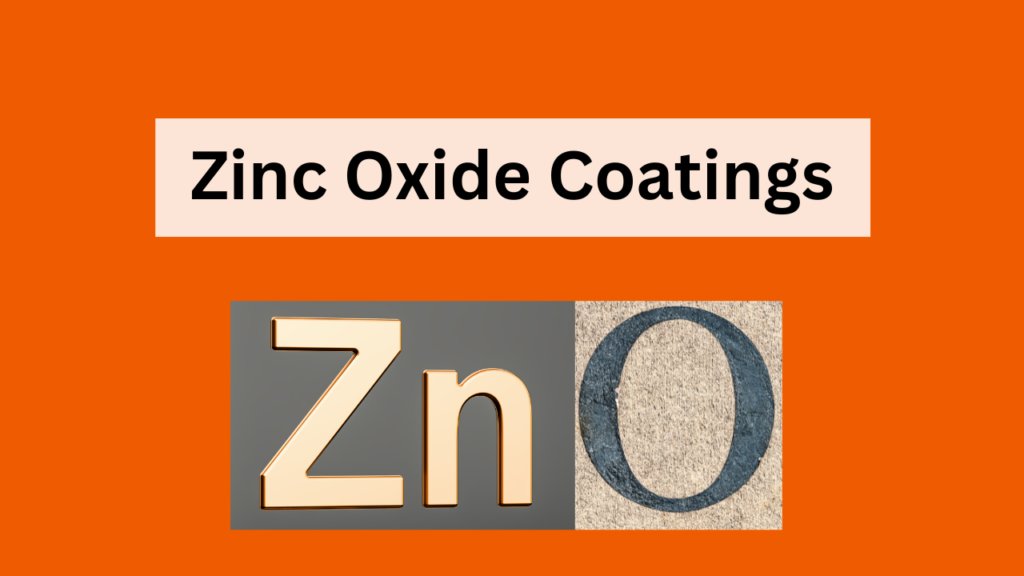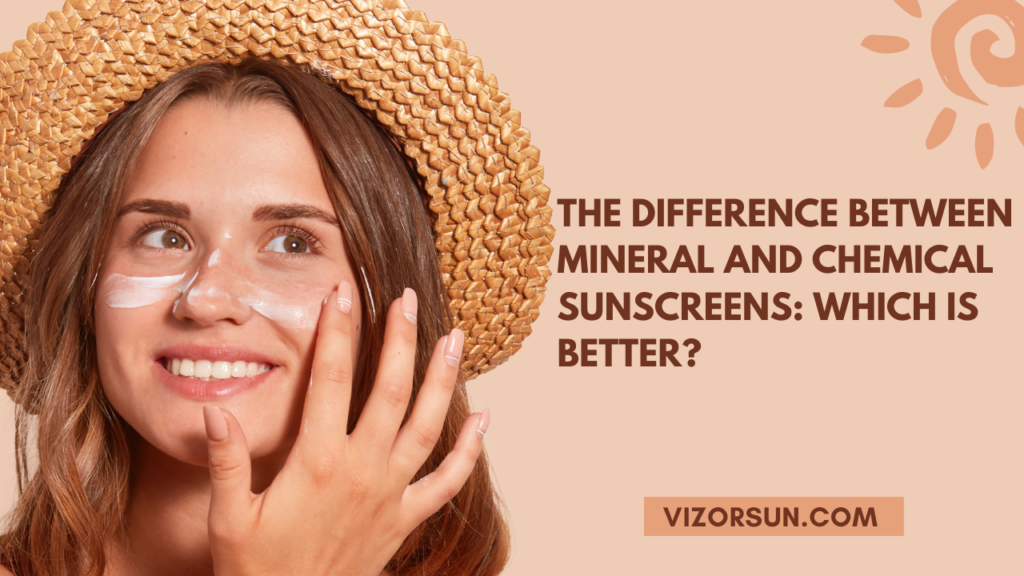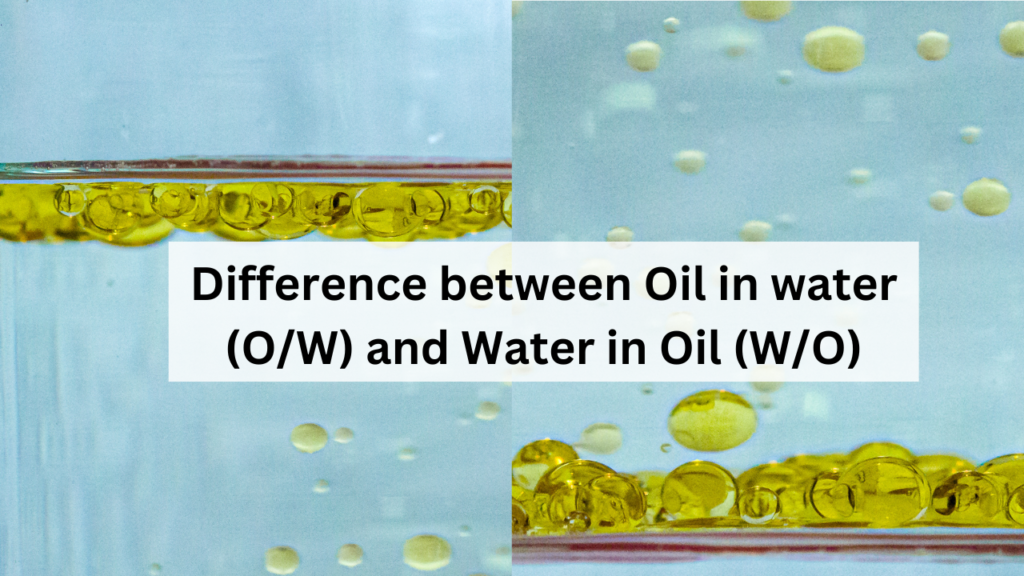
Difference between Oil in water (O/W) and Water in Oil (W/O)
Introduction:
Two immiscible liquids are combined to form emulsions, which are stabilized by an emulsifying agent to stop separation. Surfactants, which lower the interfacial tension between the two phases and facilitate easier mixing, are commonly used as emulsifying agents. Oil-in-water (O/W) and water-in-oil (W/O) emulsions are the two basic varieties of emulsions (Graillat, Lepais-Masmejean, & Pichot, 1990). The characteristics of these two forms of emulsions and their uses in diverse sectors will be discussed in this essay.
O/W (Oil-in-Water) Emulsions
The emulsion type known as oil-in-water (O/W) emulsions disperse oil droplets in a continuous aqueous phase. The water and oil droplets’ interfacial tension is decreased by the emulsifying agent, which surrounds the oil droplets and prevents them from aggregating and settling (James & Charles, 1985).
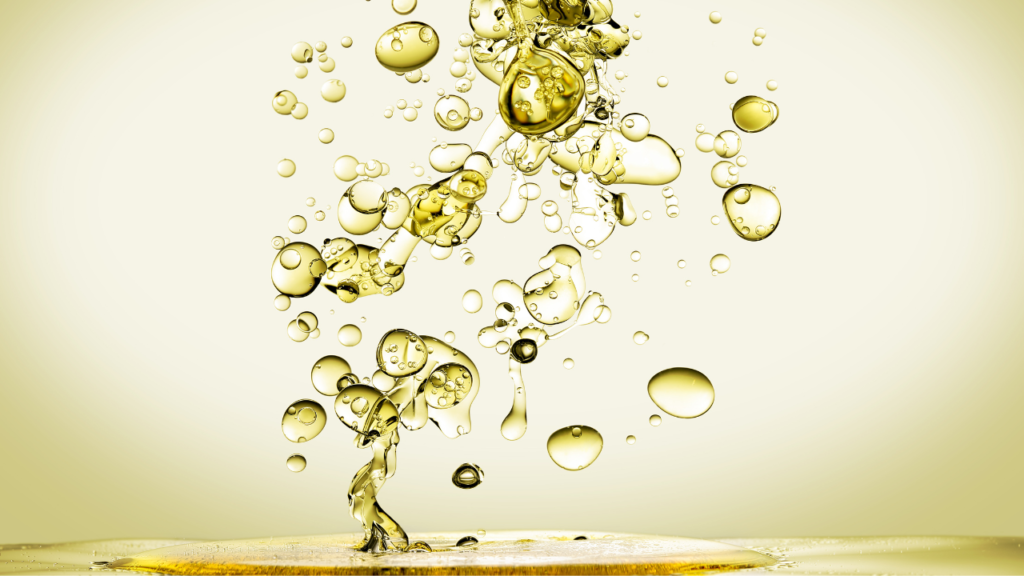
O/W Emulsion Properties:
- O/W emulsions are advantageous in a variety of industries due to their different characteristics, which include:
- O/W emulsions are often more stable than W/O emulsions in terms of stability. This is because the dispersed oil droplets have a more stable habitat in the continuous aqueous phase (Cambiella et al., 2006).
- Simple to clean: Because O/W emulsions can be quickly washed away with water, they are simpler to clean than W/O emulsions.
- O/W emulsions can offer moisturizing capabilities, which is why they are frequently utilized in cosmetic and personal care products.
- After-sun lotions and other cooling products can benefit from the cooling impact that O/W emulsions can have on the skin(Beysseriat, Decker, & McClements, 2006).
O/W Emulsion Applications:
O/W emulsions are employed in a variety of applications across numerous sectors. Applications that are often used include:
O/W emulsions are employed in several food-related products, including sauces, salad dressings, and mayonnaise. These emulsions offer a smooth texture and stop the ingredients from separating. These emulsions are frequently stabilized with emulsifiers like lecithin, gum arabic, and modified starch, ensuring that the final product is uniform and pleasing to consumers(Langevin et al., 2004).
O/W emulsions are often used in cosmetics to improve the texture and provide moisturizing qualities to goods like lotions, creams, and serums. Emulsions unite the water and oil phases, frequently stabilizing them with emulsifiers, to create a uniformly smooth result. These solutions are very good at providing cosmetic benefits because of the mix of components that improves skin absorption and hydration.
O/W emulsions are used in the pharmaceutical industry to administer medications to the skin through creams and lotions. The ability of these emulsions to spread the active components in a water phase facilitates the absorption and delivery of the medication. Patients can benefit from the effects of the medication more quickly and with fewer adverse effects by applying the emulsion to their skin(Yue, Li, Zhang, Yang, & Qiu, 2019).
O/W emulsions are also employed for cooling and lubricating purposes in a variety of industrial applications. These emulsions, for instance, are widely used by cutting oils and metalworking fluids to lessen friction and heat during industrial processes. A stable and effective product that may be utilized in a variety of industrial settings to increase the effectiveness of manufacturing operations is produced by mixing the water and oil phases with emulsifiers (Khristov et al., 2000).
O/W emulsions offer a practical and adaptable tool for producing stable, efficient products in all of these applications. Emulsifiers and the mixing of water and oil phases produce a distinctive and stable end product that may be tailored to satisfy a variety of requirements in a variety of industries.
W/O (Water-in-Oil) Emulsions
A form of emulsion called a water-in-oil (W/O) emulsion comprises water droplets scattered throughout a continuous oil phase. The oil and water droplets’ interfacial tension is decreased by the emulsifying agent, which surrounds the droplets and keeps them from aggregating and settling (Ghosh, Rousseau, & science, 2011).
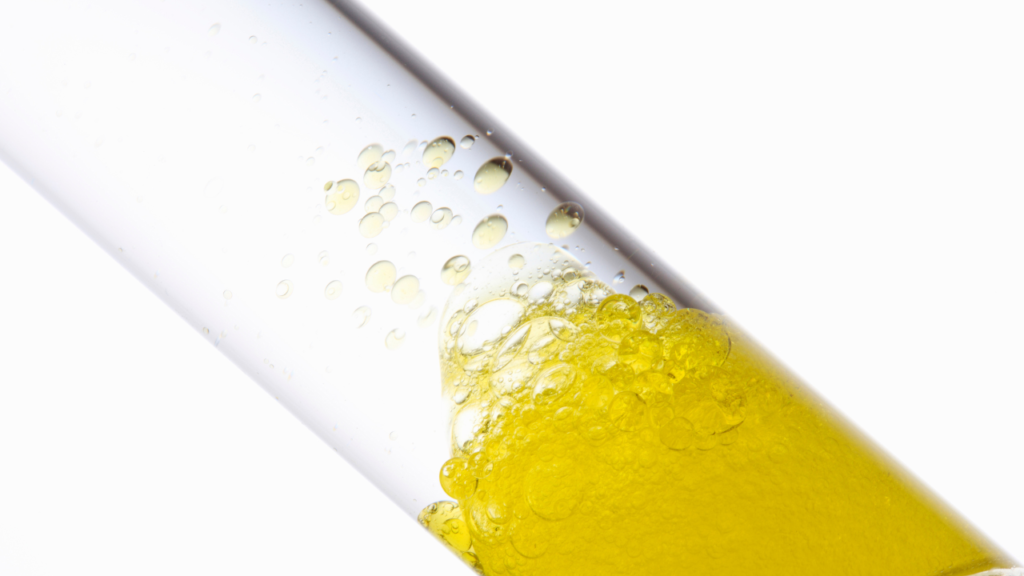
W/O Emulsions’ characteristics:
- W/O emulsions are beneficial in a variety of sectors due to their diverse characteristics, which include:
- Longevity: W/O emulsions typically have a longer shelf life than O/W emulsions. This is because the distributed water droplets have a more stable environment in the continuous oil phase.
- Water resistance: When it comes to water resistance, W/O emulsions outperform O/W emulsions. Because of the barrier that the oil phase creates, water cannot pass through the emulsion.
- W/O emulsions are useful in cold creams and other protective goods because they can create a layer of protection on the skin.
- High lipid content: Compared to O/W emulsions, W/O emulsions have a higher lipid content that may be good for the skin(Law, Lee, Srinivasan, & flame, 1980).
Application of W/O (Water-in-Oil) Emulsions
W/O (water-in-oil) emulsions have a wide range of uses, including the manufacture of food, pharmaceutical, and personal care goods. These emulsions consist of an oil phase with water droplets scattered throughout it and stabilized by an emulsifier (Clausse, Gomez, Dalmazzone, Noik, & science, 2005).
Common uses for W/O emulsions include personal care items like cold creams and moisturizers. These emulsions provide the skin with a thick, creamy texture that aids in hydration and protection. These products’ water phase helps to hydrate the skin while the oil phase acts as a protective barrier to assist keep moisture in.
Pharmaceutical companies regularly administer drugs using W/O emulsions. These emulsions enable the delivery of active substances to the skin by water phase dispersion. The medication is better absorbed as a result, increasing its effectiveness. The irritation that some drugs might cause when applied directly to the skin can also be lessened with the use of W/O emulsions.
W/O emulsions are also employed in the food business to produce a variety of goods with distinctive qualities. Margarine is a W/O emulsion created by distributing water droplets in a continuous oil phase, for instance. Lecithin is frequently employed in this situation as an emulsifier since it helps to stabilize the emulsion and prevent separation. Moreover, W/O emulsions are employed in the manufacturing of dairy products like butter and cream (Le Révérend, Taylor, & Norton, 2011).
In conclusion, W/O emulsions are used in a variety of products for the personal care, pharmaceutical, and food industries. These emulsions give a variety of products special properties and are used to supply moisture and medicament. Emulsion stability and effectiveness are maintained over time thanks to the emulsifiers employed in W/O emulsions.
To Learn about Zinc Oxide Coatings bClick this Link.
